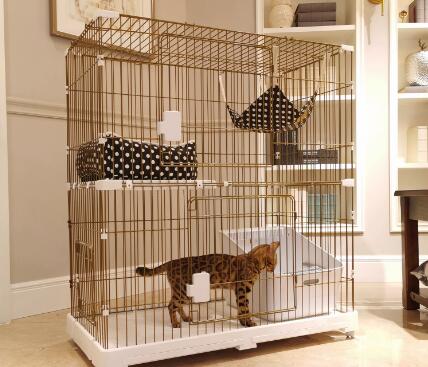Understanding Popped Drywall Screws Causes and Solutions
Drywall is a widely used building material due to its affordability, versatility, and ease of installation. However, homeowners and builders often encounter an unpleasant problem popped drywall screws. This issue can compromise the aesthetic and structural integrity of walls and ceilings, making it crucial to understand its causes and how to prevent it.
What are Popped Drywall Screws?
Popped drywall screws occur when the screw heads pop out or become visible on a drywall surface. This is not just a cosmetic issue; it can lead to cracks in the drywall and potential damage in the long run. The visibility of these screws can also create uneven surfaces that aren't suitable for painting or finishing, leading to more extensive repairs.
Causes of Popped Drywall Screws
1. Shrinkage of Wood Framing One of the most common reasons for popped screws is the natural shrinkage of the wood framing behind the drywall. As wood dries out over time, it can contract and pull away from the drywall, causing the screws to come loose and pop out.
2. Improper Installation If drywall screws are installed too tightly, they can tear through the paper face of the drywall, causing the material to weaken over time. Conversely, screws that are not driven deep enough into the drywall may fail to hold properly, especially as the building settles or shifts.
3. Temperature and Humidity Changes Fluctuations in temperature and humidity can cause swelling and contraction of the drywall and framing materials, leading to stress on the screws. This is particularly prevalent in climates with extreme seasonal changes.
4. Poor Quality Materials Using low-quality drywall or fasteners can also contribute to the problem. Cheap screws might not grip the drywall as effectively, leading to an increased risk of popping over time.
Prevention Strategies
popped drywall screws

While popped drywall screws can be a common issue, several measures can be implemented to minimize the likelihood of this problem
1. Proper Installation Techniques Ensuring that drywall screws are installed correctly is fundamental. They should be driven just below the surface of the drywall without breaking the paper. This creates a secure hold without compromising the integrity of the material.
2. Choosing the Right Materials Invest in high-quality drywall and screws designed for your specific climate conditions. Drywall with a higher grade can withstand environmental changes better than lower-quality options.
3. Acclimatization Allow drywall to acclimatize to the temperature and humidity of the space where it will be installed before hanging it. This can help reduce the risk of expansion and contraction after installation.
4. Using Adhesive In addition to screws, consider using drywall adhesive. This can provide extra holding power and help distribute the load of the drywall more evenly.
Repairing Popped Drywall Screws
If you encounter popped screws, it’s essential to repair them properly to maintain the integrity of your walls. Firstly, use a screwdriver to reinsert any screw that has backed out. If the screw is stripped, you may need to replace it with a larger screw or use a wall anchor for a better hold. After securing the screws, apply joint compound to cover the holes, and sand the area smooth once it has dried. Finally, repaint the section to match the surrounding wall.
Conclusion
Popped drywall screws can be a frustrating problem for homeowners and builders alike. By understanding their causes and implementing preventive measures, the likelihood of encountering this issue can be significantly reduced. Whether you are tackling a new construction project or addressing repairs in an existing home, taking these steps can help ensure a smooth, beautiful finished product.

















